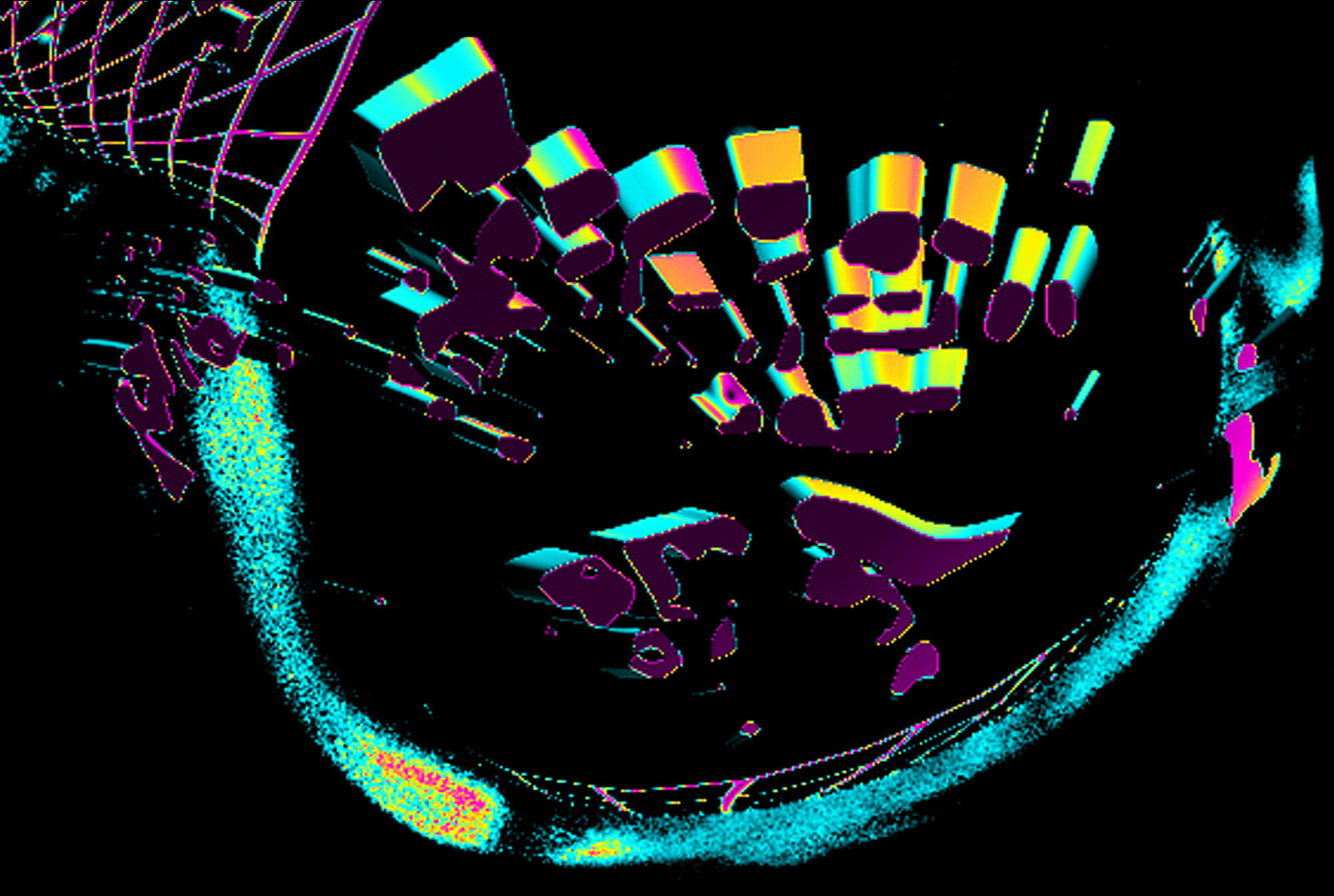The virus exists in the liminal space between life and nonlife. A small amount of genetic material contained within a perfectly geometric molecular envelope is somehow able to self-propagate, manipulate its environment, adapt, and evolve—all features we might find evocative of life. And yet, a virus does not breathe. Whether you call it prana, qi, or basic biochemistry, respiration is simply a metabolic process of energy transduction. The smallest entity capable of breath is the cell—perhaps why we designate it as the “fundamental unit of life.” The final utterances of Eric Garner and George Floyd, “I can’t breathe,” reflect the singular experience of blackness in America. Yet, these words also echo within us like a phantom pain as a global pandemic chokes the life out of millions and uncontrollable wildfires decimate forests—the lungs of the earth. In this planetary asphyxiation, we look to that which does not breathe but nevertheless remains animated—the virus.
